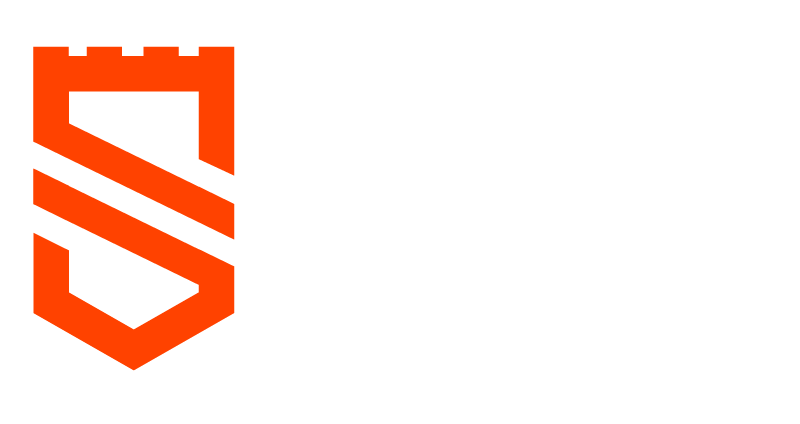
Can you believe the introduction of Wi-Fi took place at the turn of the century? Before this, several variations of modern wireless technology were produced beginning in the early 1970s. Although wireless technology is still far from perfect, the future of wireless solutions looks promising.
Wi-Fi becomes a Household Term
The original version of 802.11 wireless technology, the building block for current routing devices, had its introduction in 1997. Its link speeds capped around 2Mbps, equal to 0.25MB/s. To put this number in perspective, it takes 70 minutes to transfer 1GB of data at this speed.
The Wi-Fi Alliance formed in 1999, trademarking the popular radio technology. That same year, the Alliance introduced 802.11b, with speeds of up to 11Mbps. Within just a couple of years, Wi-Fi became a household term and created a global revolution.
Evolving up until 802.11n in 2009, this technology transmitted frequencies over 2.4GHz bands at speeds up to 600Mbps.
The Future of Wireless Solutions
From its humble origins, Wi-Fi has dramatically advanced. The latest advancement to reach the marketplace is 802.11ac. This technology takes advantage of 5GHz bands for transmitting signals at speeds up to several gigabits per second.
Wave 1 of 802.11ac technology replaced 802.11n in 2013. While the previous technology got businesses where they needed to be for productivity, the ever-growing Internet of things forced wireless solutions’ development further to prepare for the crowded future. Wave 1 technology can deliver speeds up to 1.3Gbps.
Wave two is the latest iteration of 802.11ac and is theoretically capable of delivering multiple gigabits per second. The technology is in its early stage of adoption, so it’s currently hard to give final numbers.
So how fast is this technology? Netflix suggests its users have an internet connection speed of 25Mbps or higher to stream movies in 4k. This means Wave 2 technology when pushed to its current limits could stream dozens of 4k videos at one time.
Beyond data transfer speeds, Wave 2 technology comes with a variety of upgrades, including security, reliability, and scalability.
Bluetooth and Cellular Data Services are other familiar wireless technologies that have grown alongside Wi-Fi. Each serves a different purpose because of their inherent technological capabilities. You can read about the advancement of these technologies here and here.
Is This the First Time You’ve Heard about Wave 2?
Wireless technologies are expanding at an astronomical rate. While we’ve just brushed the surface in this blog, there’s so much to cover. Finally, if this is your first time reading about Wave 2 technology, or you’ve never considered upgrading your current wireless solutions, you could be costing your company time and money.
Don’t watch your productivity decrease while the rest of the world keeps getting faster. Let our team at Secured Retail Networks help.



